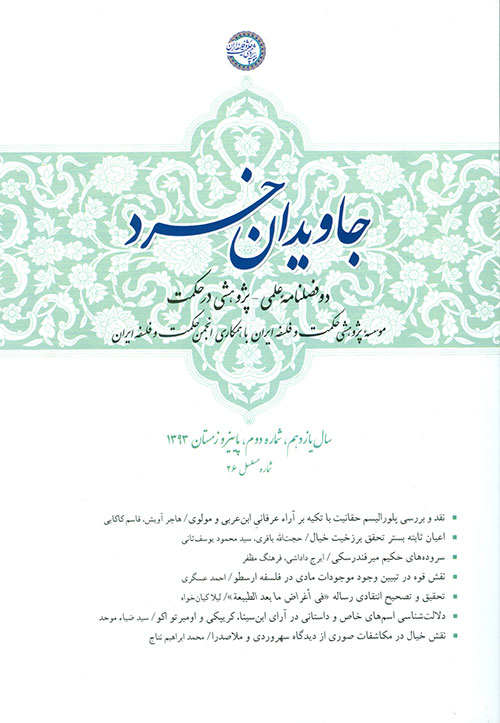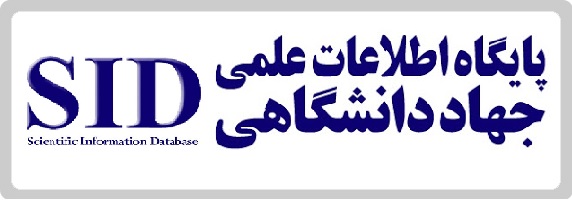Nine-Part /Two-Part Model: A Critical Study of the Development of Logic in Islamic Period
Keywords:
History of Logic, Logic in Islamic Period, Nine-Part/ Two-Part Model, “Maximal” interpretationAbstract
In the first part of the paper, Rescher’s Western/Eastern model in studying the development of logic in Islamic period which is the first theory in this field is investigated. In this model, the conflict between Avicenna and logicians in Baghdād school is the most important event and the late development in Logic of Islamic period is explained by this conflict. After this, two interpretations of the nine-part/ two-part model which are entitled “Classic” and “Maximal” are presented. In Classic interpretation, order and coherency of logical sections, as well as elimination or addition of Categories to logical texts are investigated. In Maximal interpretation, same parameters which are investigated in Classic interpretation are used for explaining the various doctrines in the development of logic in the Islamic period. Finally, defects of Maximal interpretation in dividing Muslim logicians and explaining their logical doctrines are implied as well as some criticisms on both of models, including their disregarding the changes in the late period of logic in the Islamic period are represented.





